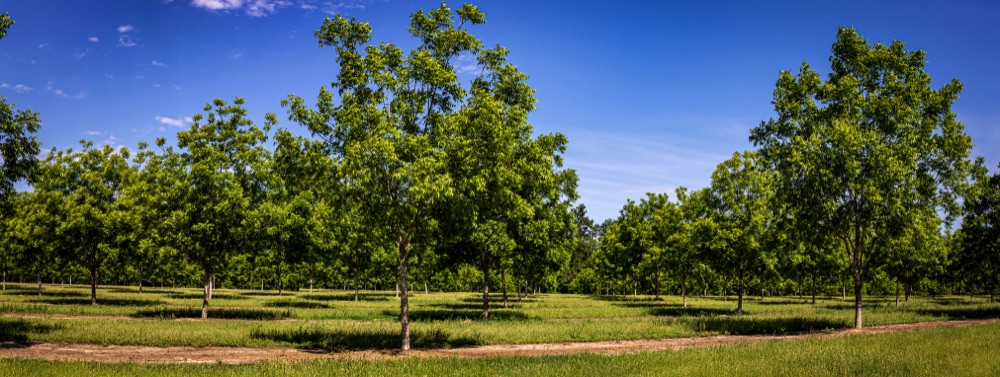
Raw Colded Product
Still has the potential of moisture content change and combustion
Pyrolysis Mitigation
Creating a bio char product stablizes the product from moisture, and increases the BTU value of the product.
Blended Cold Skid
Blended products would enable us to potentially create a single product line, assuming BTU standards are met.
Blended Pyrolysis
Creating a single blended bio char product stablizes the product from moisture, and increases the BTU value of the product.
Pyrolysis and Torrefication
sfdsfsa

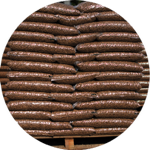
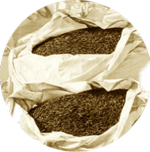
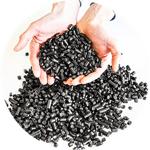
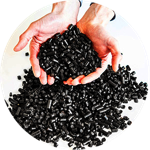
Pyrolysis is the thermal decomposition of materials at elevated temperatures in an inert atmosphere. It involves a change of chemical composition. The word is coined from the Greek-derived elements pyro "fire" and lysis "separating". Pyrolysis is most commonly used in the treatment of organic materials. It is one of the processes involved in charring wood.
Torrefaction of biomass, e.g., wood or grain, is a mild form of pyrolysis at temperatures typically between 200 and 320 °C. Torrefaction changes biomass properties to provide a better fuel quality for combustion and gasification applications. Torrefaction produces a relatively dry product, which reduces or eliminates its potential for organic decomposition. Torrefaction combined with densification creates an energy-dense fuel carrier of 20 to 21 GJ/ton lower heating value (LHV).[1] Torrefaction makes the material undergo Maillard reactions.
Biomass can be an important energy source.[2] However, there exists a large diversity of potential biomass sources, each with its own unique characteristics. To create efficient biomass-to-energy chains, torrefaction of biomass, combined with densification (pelletisation or briquetting), is a promising step towards overcoming the logistical challenges in developing large-scale sustainable energy solutions, by making it easier to transport and store. Pellets or briquettes have higher density, contain less moisture, and are more stable in storage than the biomass they are derived from.
Torrefied and densified biomass has several advantages in different markets, which makes it a competitive option compared to conventional biomass wood pellets.
Higher energy density:
An energy density of 18–20 GJ/m³ — compared to the 26 to 33 gigajoules per tonne heat content of natural anthracite coal — can be achieved when combined with densification (pelletizing or briquetting) compared to values of 10–11 GJ/m³ for raw biomass, driving a 40–50% reduction in transportation costs. Importantly, pelletizing or briquetting primarily increases energy density. Torrefaction alone typically decreases energy density, though it makes the material easier to make into pellets or briquettes.
More homogeneous composition:
Torrefied biomass can be produced from a wide variety of raw biomass feedstocks that yield similar product properties. Most woody and herbaceous biomass consists of three main polymeric structures: cellulose, hemicellulose and lignin. Together these are called lignocellulose. Torrefaction primarily drives moisture and oxygen-rich and hydrogen-rich functional groups from these structures, producing similar char-like structures in all three cases. Therefore, most biomass fuels, regardless of origin, produce torrefied products with similar properties—with the exception of ash properties, which largely reflect the original fuel ash content and composition.
Hydrophobic behavior:
Torrefied biomass has hydrophobic properties, i.e., repels water, and when combined with densification make bulk storage in open air feasible.
Elimination of biological activity:
All biological activity is stopped, reducing the risk of fire and stopping biological decomposition like rotting.
Improved grindability:
Torrefaction of biomass leads to improved grindability of biomass.[6] This leads to more efficient co-firing in existing coal-fired power stations or entrained-flow gasification for the production of chemicals and transportation fuels.